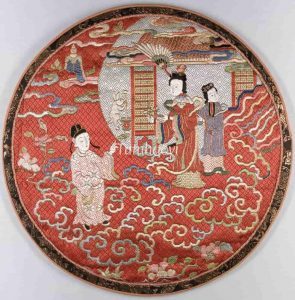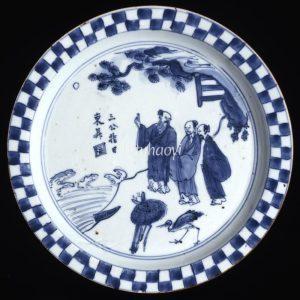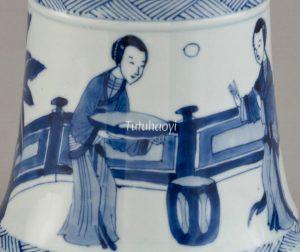Showing Results Containing
In Chinese culture, the Mid-Autumn Moon Festival is related to the legendary fairy Chang E, the Moon Goddess. We often see a hare, her loyal companion, and an osmanthus tree in the picture with her against a background of the Moon Palace. However,...
In Chinese porcelain painting, it can be tricky to interpret a round disc in the sky as a sun or a moon. Knowledge of Chinese culture and pun rebuses are the keys to explain the meanings of the motifs and scenes correctly. Here are some examples…<...
The osmanthus tree prominent in the Moon Palace came to be a symbol for elite talents in the Jin dynasty 晋朝 (265-420). In around Tang dynasty (618-907), ‘plucking a s...
The action of ‘pointing to the sun’ is termed in Chinese as ‘指日 zhi ri’, which sounds and looks exactly the same as (both homophone and homograph of) the phrase ‘指日 zhi ri’ meaning ‘in a few days’ time’. The state of ‘something rising high up’ is ‘高升 gao sheng’ in Chinese, which may be metaphor...
In the Buddhist legend, at the beginning there was nothing but water in the world. Vajrapani ordered his disciples to scoop the ocean to see what was hidden there. The sun appeared in the first scoop and Vajrapani fixed the sun in the sky to light the day. In the second scoop, there appeared the moon and Vajrapani placed...




